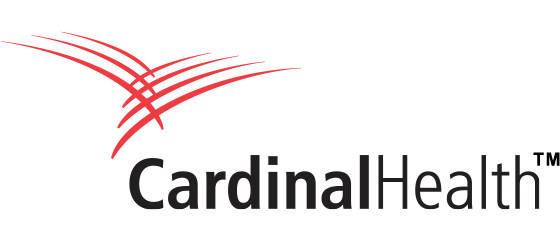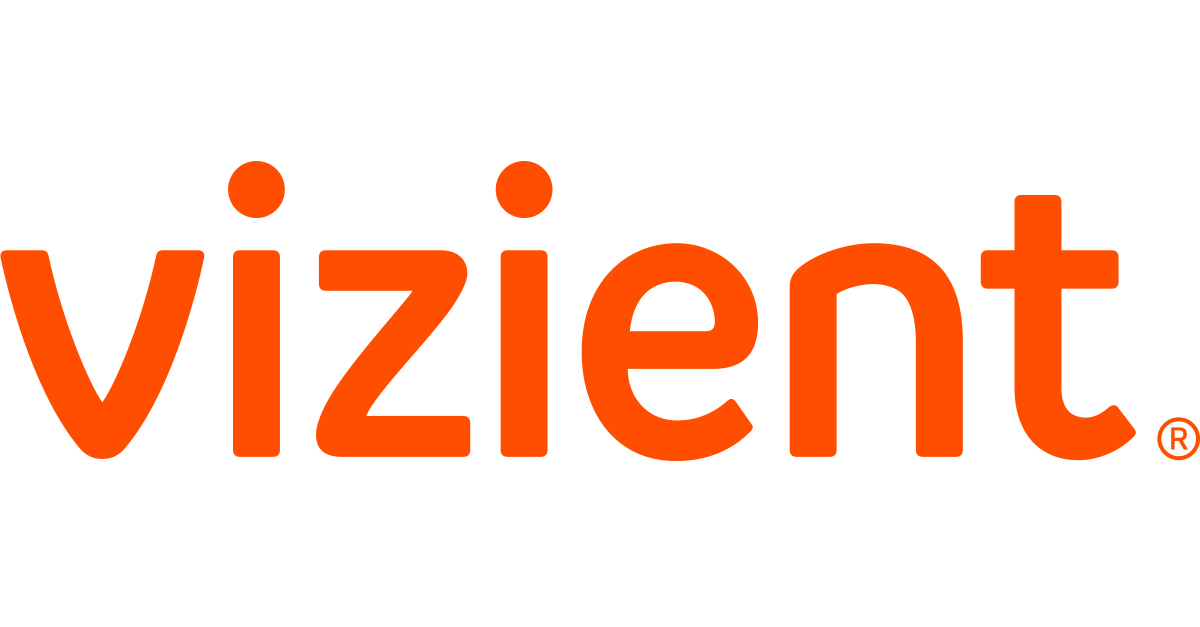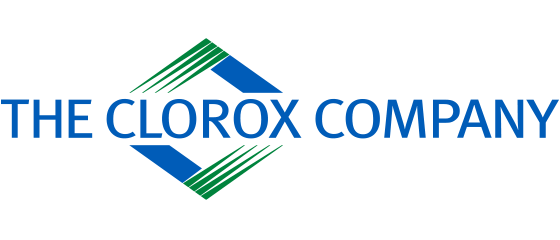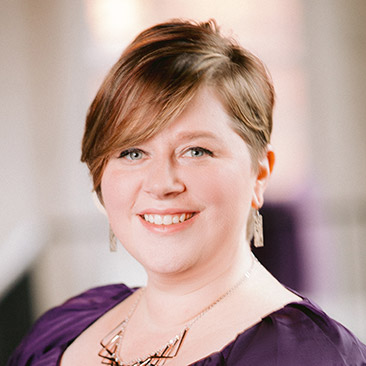Best Diversity and Inclusion Practices Shown by Our Customers
Diversity and Inclusion as a business topic area is necessary yet delicate and intricate. The subject of diversity and inclusion is not always discussed openly and has not been brought to the forefront of business strategy until the last few years. Now, with recent events the topic is being discussed and companies are being introspective to understand where they can go from here. As there are many facets to this subject many solutions are not all encompassing and there is not a one fits all approach when it comes to diversity and inclusion. At MentorcliQ we are inspired by the many companies who celebrate diversity and inclusion as part of their business culture and as a best practice. Below are some of the best practices we have seen from the diverse and inclusive companies we work with.
- Demonstrate Visible Leadership: Current and future employees want to know what executives are doing, beyond what they are saying. It is important for leaders to support diverse groups through listening and responding with meaningful action. Many executives are stepping into the spotlight and demonstrating change.
 Nielsen, frequently featured on the DiversityINC Top50, works to encompass diversity in all that they do. This reflects in their leadership as their CEO is also their Chief Diversity Officer. As part of a larger diversity and inclusion strategy, Nielsen supports a global mentoring program to bring career development opportunities to their associates worldwide.
Nielsen, frequently featured on the DiversityINC Top50, works to encompass diversity in all that they do. This reflects in their leadership as their CEO is also their Chief Diversity Officer. As part of a larger diversity and inclusion strategy, Nielsen supports a global mentoring program to bring career development opportunities to their associates worldwide. - Encourage Community Building: Organizations have had Employee Resource Groups (ERGs), also known as Business Resource Groups (BRGs), for a long time. Recently, many companies have realized that ERGs such as Black Professional Networks, PRIDE Resource Groups, or Women’s Networks, can be important sources of community for underrepresented groups.
 Cardinal Health builds an inclusive community and strong culture by connecting people in their mentoring program across geographies, grade levels, and experiences. They also use mentoring to support many of the diverse networks that exist within the global brand.
Cardinal Health builds an inclusive community and strong culture by connecting people in their mentoring program across geographies, grade levels, and experiences. They also use mentoring to support many of the diverse networks that exist within the global brand. - Provide Sponsorship Opportunities: One important indicator for improving Diversity & Inclusion is representation at senior leadership levels. Some organizations use mentoring programs to connect leaders to employees from different genders, races, and other aspects of identity with the hope to increase sponsorship for underrepresented groups.
 Vizient uses mentoring as part of a broader diversity and inclusion strategy to enable leaders to have inclusive conversations and ask the right questions.
Vizient uses mentoring as part of a broader diversity and inclusion strategy to enable leaders to have inclusive conversations and ask the right questions. - Question Promotion Criteria: Senior leaders should examine mobility within the organization for bias. While employee performance is typically the central criterion for career advancement, visibility into talent performance might be skewed away from people of color and women. In addition, unconscious bias is a factor when evaluating employee performance. Connecting employees across demographics, functions and geographies helps break down unconscious bias, particularly for senior leaders.
 Clorox supports a more diverse workforce by using mentoring as a career development opportunity to connect diverse groups helping and promote them throughout the organization.
Clorox supports a more diverse workforce by using mentoring as a career development opportunity to connect diverse groups helping and promote them throughout the organization. - Break Down to Build Up! Finally, make sure everyone in the organization is encouraged to engage in the work of Diversity & Inclusion. Communities are important to creating safe spaces for processing the unique challenges faced by underrepresented groups and individuals with intersecting aspects of identity (such as Black Women or LatinX Veterans.). At the same time, true change comes with including allies from non-members of a group. With the majority of senior leadership positions held by white men, these Allies are the key to Diversity, Equality, and Inclusion.
 Bacardi uses male allies to help develop their future female leaders. As part of Bacardi’s Women in Leadership program over 50% of the mentors who participate are men who become allies and champions to support their inclusive culture. Bacardi uses male allies to help develop their future female leaders. As part of Bacardi’s Women in Leadership program over 50% of the mentors who participate are men who become allies and champions to support their inclusive culture. |
Want to learn more about mentoring for Diversity and Inclusion?
Check out our articles on how Mentoring Supports Workforce Diversity and Employee Happiness as well as how you can Meet Diversity and Inclusion Goals with Employee Mentoring.
Connect with MentorcliQ to see how mentoring programs powered by mentoring software and our framework can enhance your diversity and inclusion strategy.




